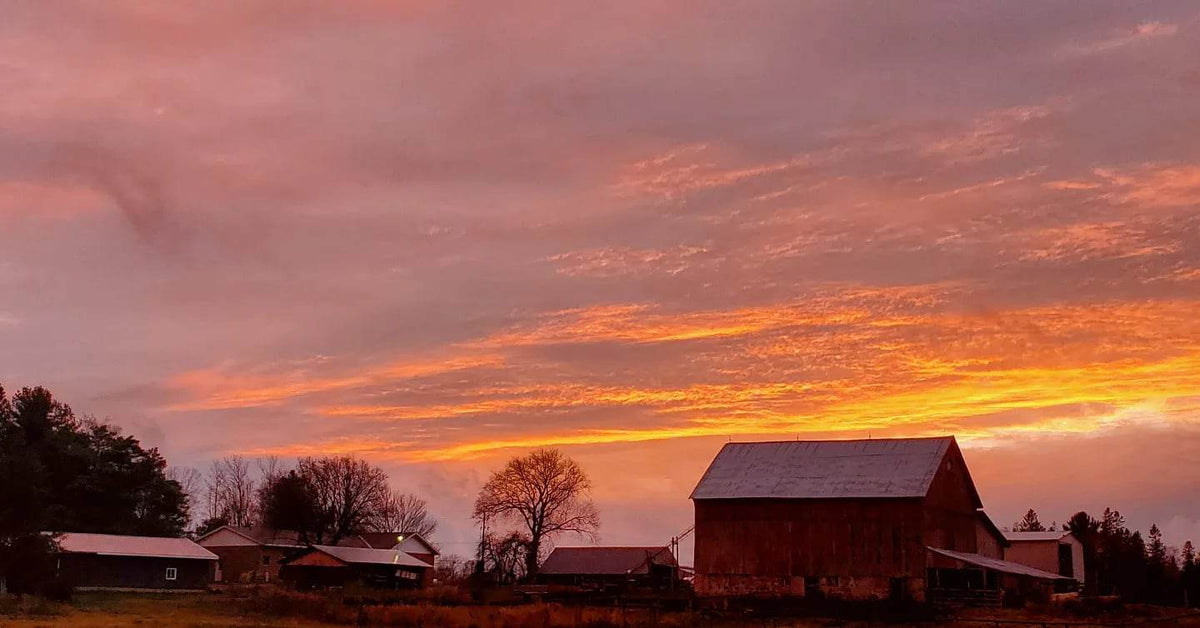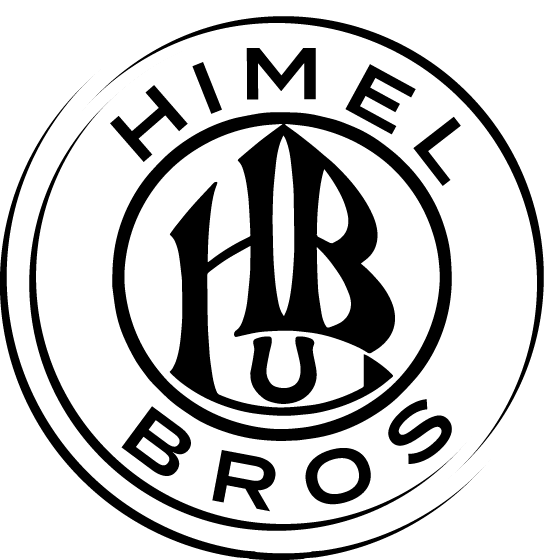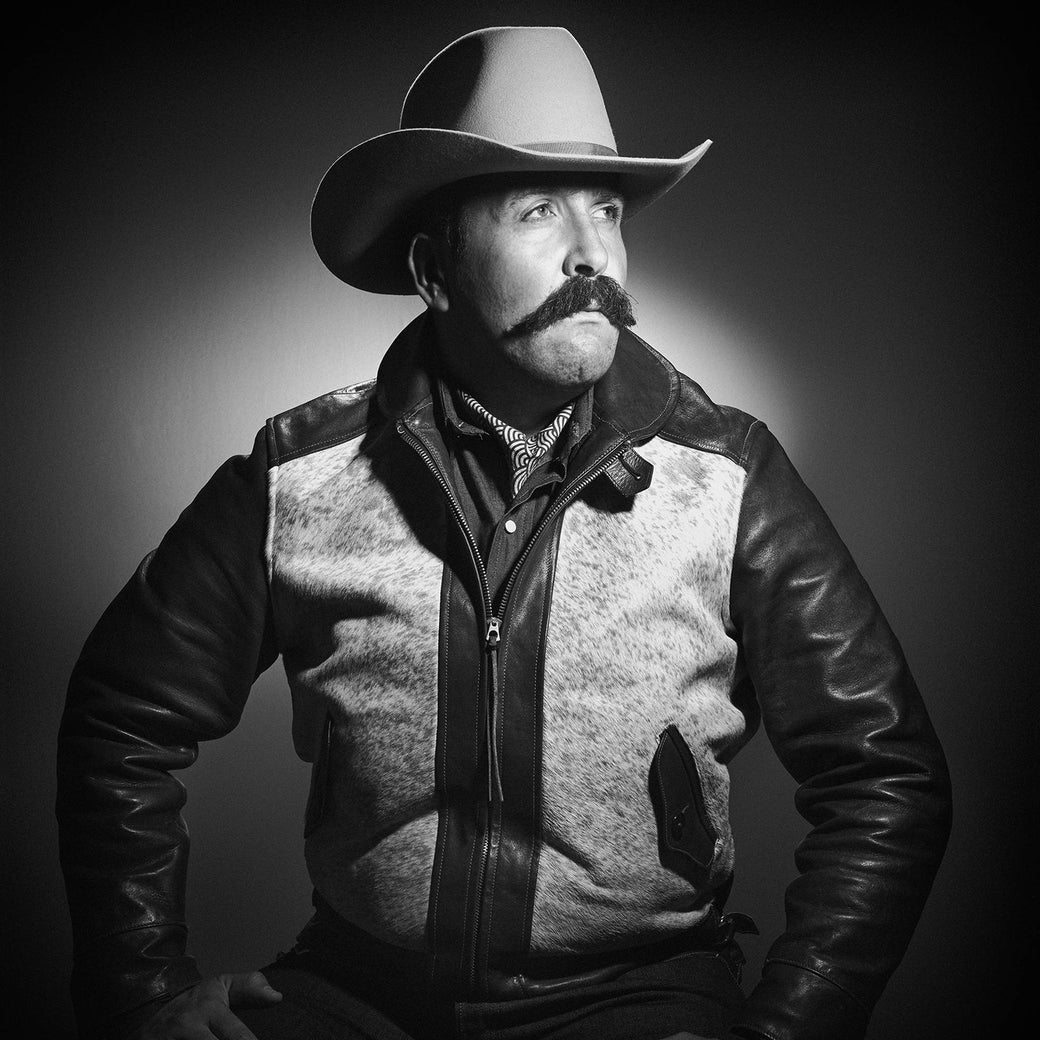Shinki Tannery—The Best Leather for Horsehide Jackets

Note: this entry was originally published in 2011. It was written by David Himel about his early trips to the Shinki Tannery in Himeji, Japan, from which Himel Bros continues to source some of the finest horsehide leather in the world. This article remains relevant for anyone wishing to learn about our process of creating fine bespoke leather jackets in Toronto, Canada.
The journey of Himel Brothers Leather has been about learning to make the most amazing accurate jackets possible. I have travelled the world looking for the best zippers, leather and parts that exist. I spent years hunting the internet and carefully examining all the amazing Japanese and North American brands looking at the pluses and the minuses of each one. I counted stitches, disassembled jackets and contacted every living person I could track down that had worked in the leather jacket industry.

Horsehides curing for a full year.
I was very surprised to find that many of the people who had worked for many of the great brands were still alive and well, and that many of them were still working in the schmata business. In my hunt for the perfect leather I spoke with many people who had built some of the earliest leather jackets in North America. I asked them where they got their leather from, which tanneries, and what kinds of leather. Many of them regaled me with great stories and some of them even gave me specifications right down to formulations for the tannages of the leather. I spoke with the head tanner of Dominion Tanners now retired in Edmonton. Wolfgang was the head chemist for one of the biggest tanneries in the world. Each one was a small step or a clue to unlock the puzzle of leather. After reading several books published before 1900 on the art of tanning my email rang with a friendly hello from a stranger. John Chapman of Goodwear Leather emailed me out of the blue and introduced himself. Hundreds of hours on the phone later John and I became good friends. Without people helping me I would have never found my way to Japan.

Horsehide pits—agitation tanks for pit tanning.
Nancy and I marveled at our journey to the tanneries of Southern Japan. Onto a bullet train we watched in awe as city after city flew past. Names we had only seen on the news were right there flying by at hundreds of kilometres an hour and when we arrived at our destination. The openness and generosity of Japanese culture astounded us. The owner of the tannery picked us up at the train station with and took us on a tour of his town. He was as proud of his city as he was of his business!

Hides drying on the ceiling!
Horsehide tanning is an age-old business as horses produce the finest shoe and garment leather in the world. Horsehide is renowned for its strength and weight, waterproofness and wearability. There are very few cordovan tanneries left in the world and Japan has some of the finest. These horse skins are the pride of Europe, imported to Japan specifically for the tannery. The tanneries of Japan select the finest best grown and treated horses of Europe where stringent regulations and animal treatment produce well cared for animals. At the end of the lives they are slaughtered for the food industry and the hides are exported. When they come in the “green” horsehides are in the salted and preserved stage. To make cordovan you must first use a cool notched bench to cut the bean shaped butt off from the fronts of the hide. The butt has the best properties for shoes and the fronts are used for garments. The hides are washed, dehaired and cleaned of fat. After that cleansing, each hide goes for a long long bath… months long with agitators soaking in a liquor of bark and water imported from Australia. This mimosa tannage produces an incredible product After soaking in the bath skins are carefully sorted, dried and stored for months allowing them to cure and shrink. This curing is part of what makes a superior hide. This shrinks the fibres and compresses the skin. Of course, losing 30 percent of that skin by shrinkage is partly what makes the leather a premium product…that and it takes months to make a single hide. After hides are tanned, stored and shrunk, they are finished. Finishing involves milling, or tumbling the hides to soften them up, bring out the grain, dying, bating (adding oil or other solutions back into the skin) skiving and sanding, and finally putting finish on the leather. I buy the best leathers in the world from the last few tanneries that have been open and family run since the war. This father and son operation is run with the same care and commitment that goes into the production of every Himel Brothers Leather jacket.

Lining, pickling, dehairing, and dyeing drums.
Leave a comment
Comments will be approved before showing up.
Also in News
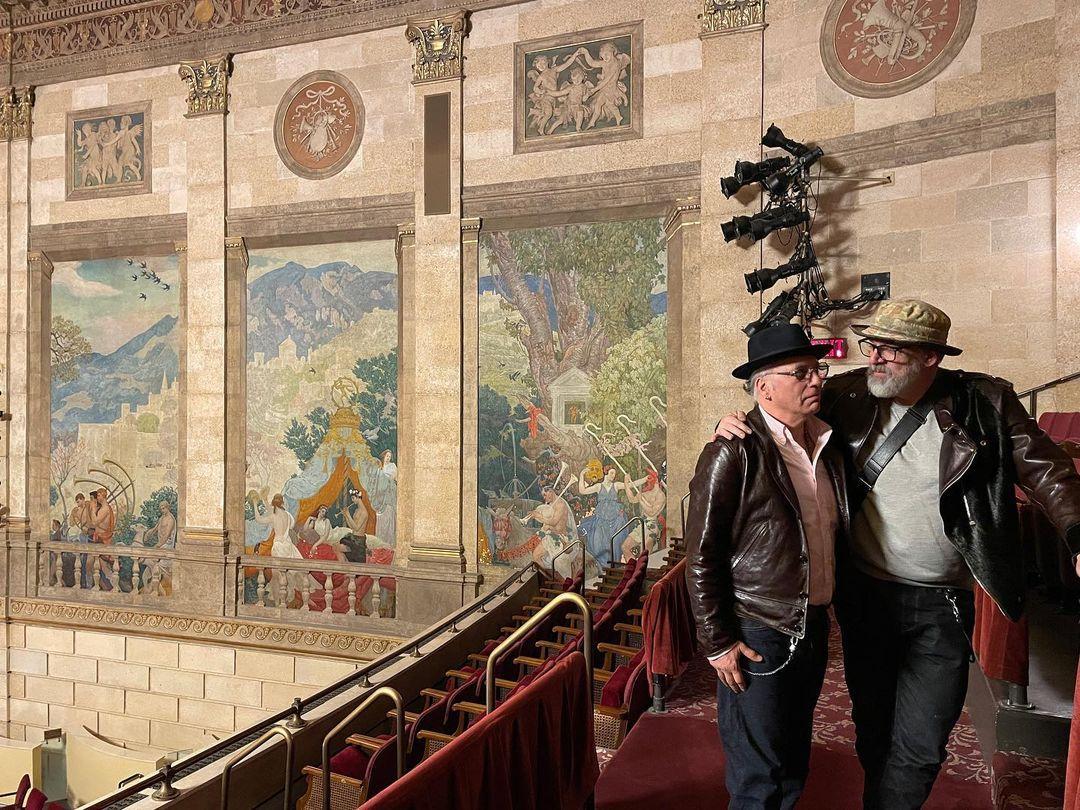
Adventures in America: The Road to Rochester
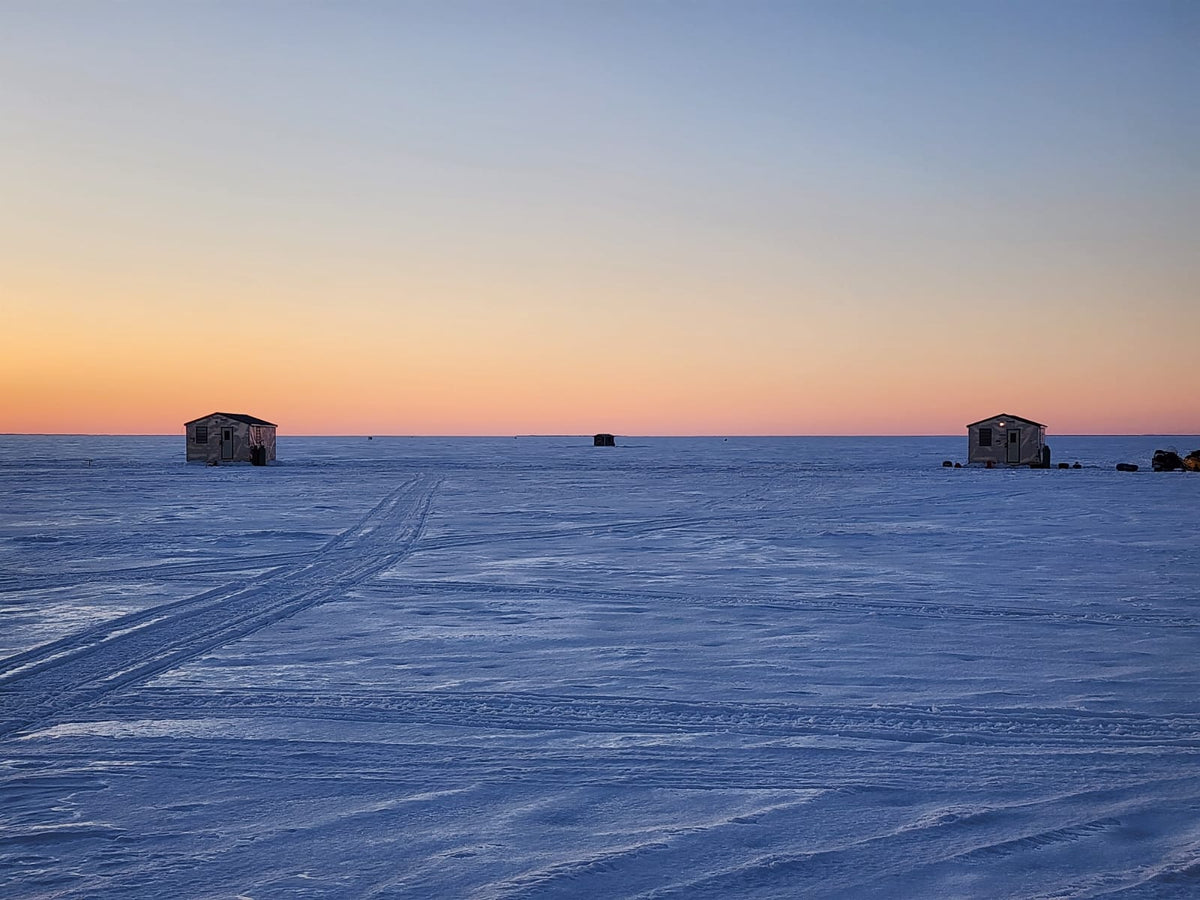
Nipissing Buffalo Hide Jacket on Lake Nipissing
